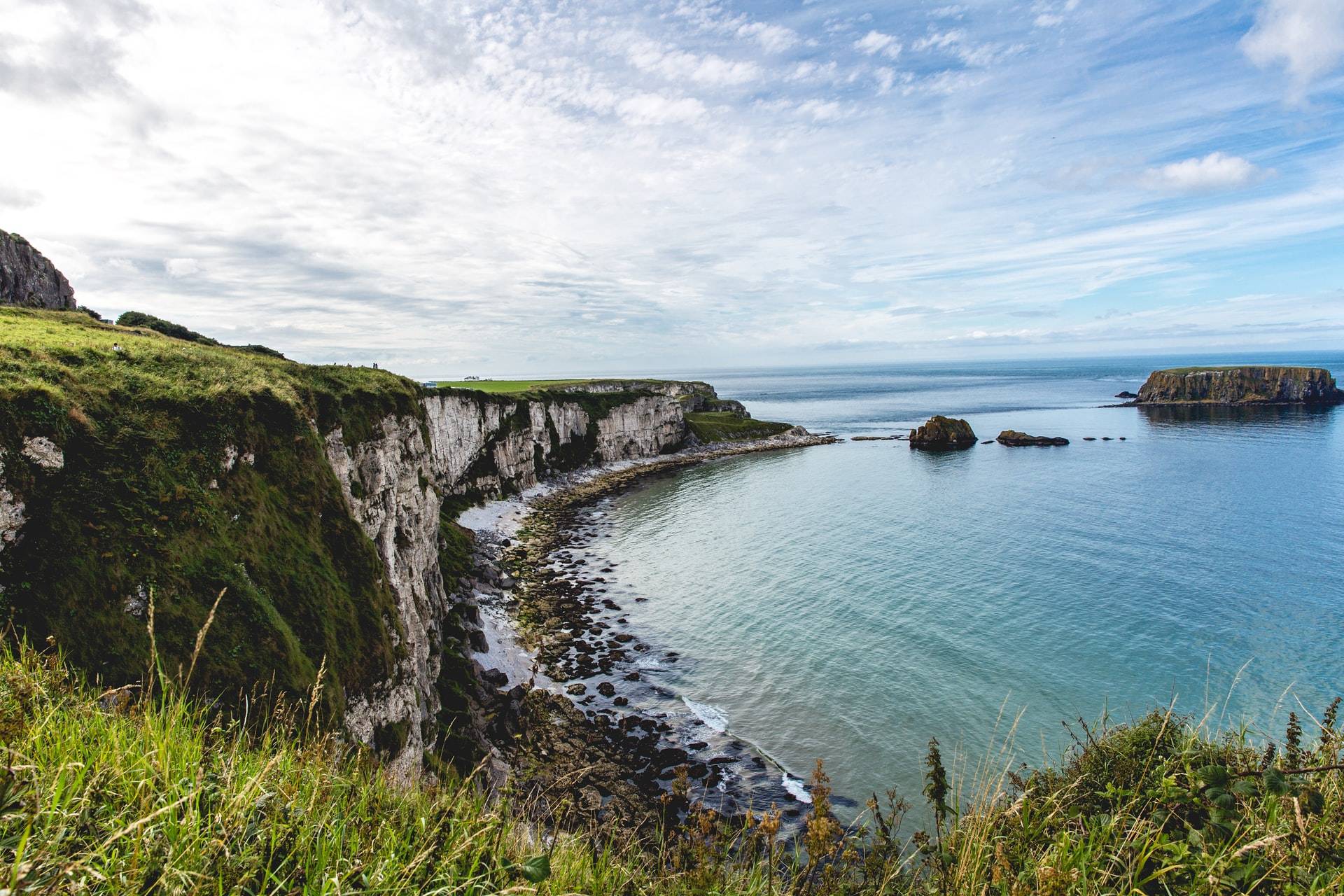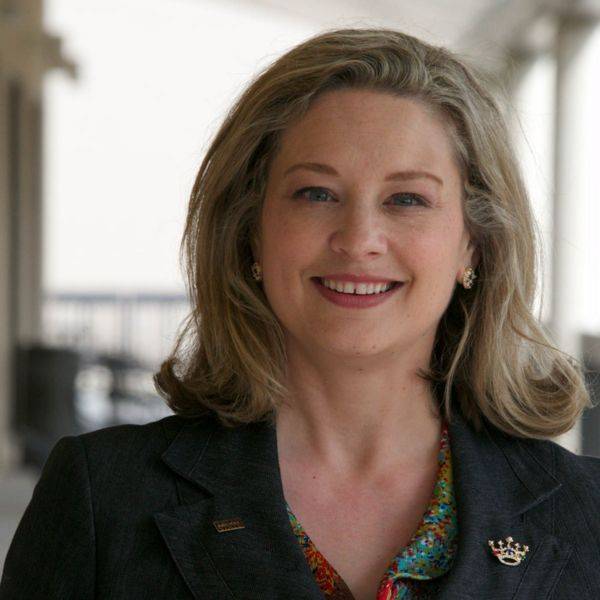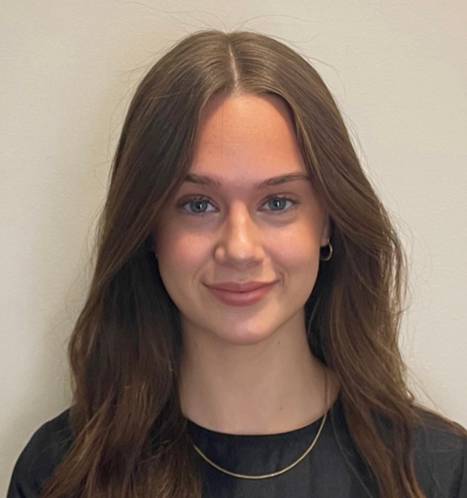Julie Cooper | July 1, 2022

Texas State University has been awarded a $25,000 research grant from the U.S. Environmental Protection Agency (EPA) to support undergraduate and graduate students in the study of environmental challenges as part of the People, Prosperity, and the Planet (P3) Program.

The EPA awarded a total of $400,000 to 16 student teams for their research and innovative solutions.
Gwendolyn Hustvedt, Ph.D., professor of textiles in the Texas State School of Family and Consumer Sciences, is the principal investigator (PI) for the project titled “Making Extreme-event-stable Shorelines with Hyacinth (MESH).” Co-PIs are Tina Cade, Ph.D., professor of horticulture in the Department of Agriculture Sciences; and Sangchul Hwang, Ph.D., associate professor of Civil/Environmental Engineering.
The objectives of the study are to design a low-tech, community-based material that will prevent shoreline erosion especially during extreme weather events, absorb hydrocarbon polluted water, support germination of seeds of dune stabilizing plant species and produce a fertile soil amendment after composting. An additional objective of the project is to reduce environmental, economic and health threats caused by an invasive species in coastal waterways through the removal of water hyacinth.
Members of the P3 student design team will create the mesh prototypes by cleaning and softening the stems of water hyacinth plants collected in the San Marcos River in a solution made from household chemicals and then drying them in the sun and/or an oven. Stems will then be flattened and twisted by hand into cords and netted into mesh using traditional weaving and netmaking methods.
An artificial shoreline will be created using a shallow pool filled with rocks and sand to mimic the composition of shorelines in South Texas. The artificial shoreline will be secured with the mesh material similar to anchoring a sand dune in an actual beach environment. Extreme weather event conditions will be recreated by sharply angling the test pool and manually shaking it. Additionally, wave and surge conditions will be created using hoses and sprayed water. Beach material that escapes from the pool during testing will be measured.

Hustvedt’s areas of specialization are sustainable textiles, textile and apparel design and STEM (science, technology, engineering and mathematics) education. “One thing I love about Texas State is that we are able to genuinely include students in our research,” she said. “We will be bringing together students from fashion, agriculture, engineering, and sustainability studies.”
Sustainability studies graduate student Eliot Mettenbrink will lead the student design team, with undergraduates to be named later. In July 2023, the students will be presenting their research at the national P3 Design Contest.
“Texas State students are learning to solve real world design problems with the type of multidisciplinary teams that they will be part of when they get into industry,” Hustvedt said.
Share this article
For more information, contact University Communications:Jayme Blaschke, 512-245-2555 Sandy Pantlik, 512-245-2922 |
